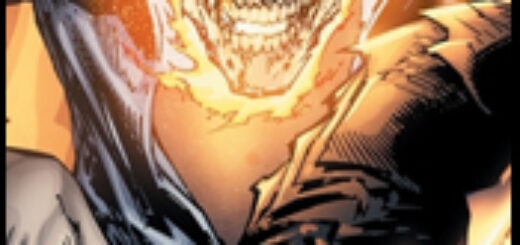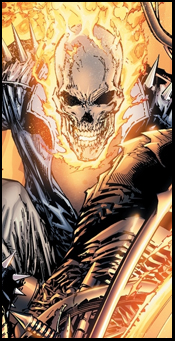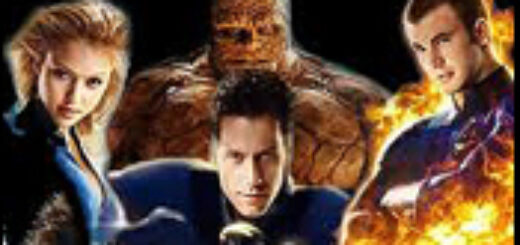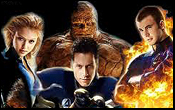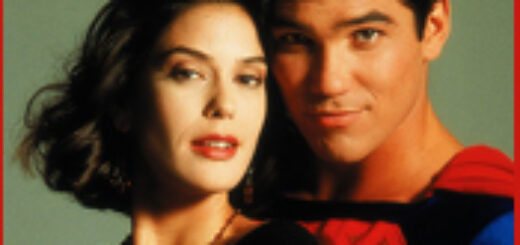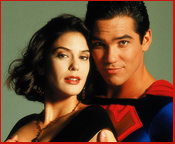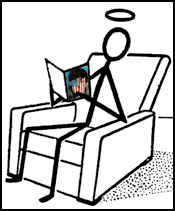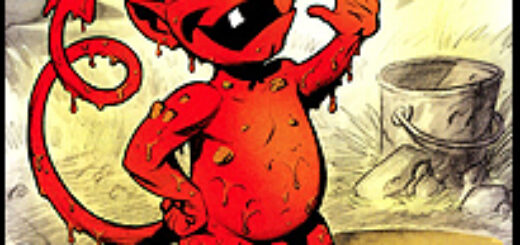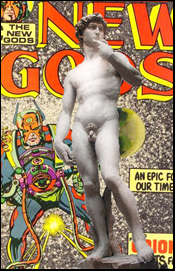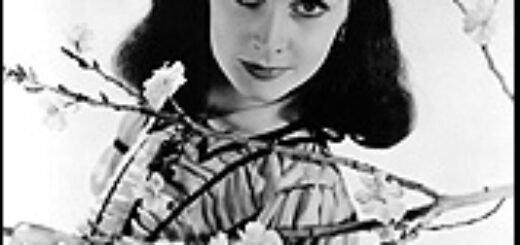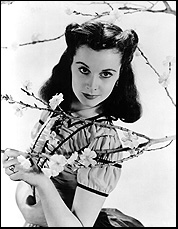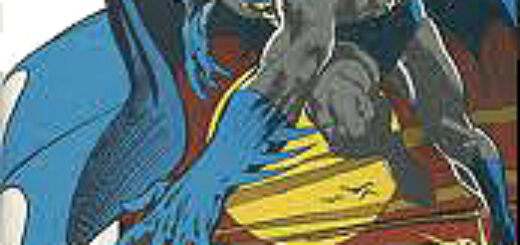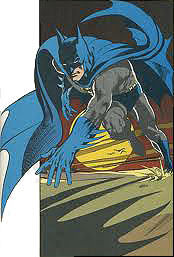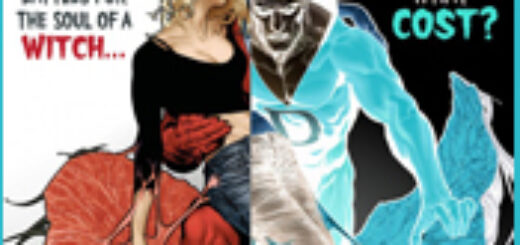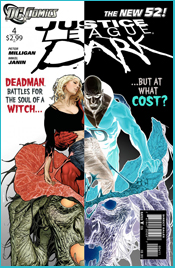MINDY NEWELL: Who’s Dead As A Doornail?
Death aims only once, but never misses.
(Maxims: Political, Philosophical, and Moral, by Edward Counsel)
I was doing a search for quotes about death when I found this one, which is so apropos. I never heard of Edward Counsel; did a Google search, but couldn’t find him?? Found a reproduction of his book on Amazon; the original was published before 1923. All I can gather is that he was an Australian who was born before 1900. Anyone who has more info is welcome to let me know in the comments section.
The reason I was looking for a quote about death – of which there seems to be milllllllllions – is because all us comic fans are buzzing about the YouTube video The Death and Return of Superman, by Max Landis (son of John Landis), who stars in The Chronicle. I was going to post it here, but Martha (Thomases) beat me to it three days ago – which amazingly points out that DC actually thought Tim Drake’s/Robin’s new costume was more of a P.R. event than Supe’s kicking of the bucket – so I won’t do that. All I can say is that, if by any chance you haven’t seen it, do so at once. You have my permission to stop reading this column, go watch it (it’s about 16:00 long) and then come back. It is bitingly hilarious, and exceptionally on the mark!!!! (Major kudos to Landis and his fellow actors btw!)
SPOILER ALERT!: Okay, I’m going to assume that you have either already seen the video or have taken the 16:00 to watch it before returning here, because I’m going to give away the ending here.
Landis concludes his short film by stating that Superman’s death and return opened the floodgates for other comic characters to die and then resurrect. In other words, said resurrection cheapened the dramatic impact of said death, and ended the ability of readers to mourn the loss of the character, because the reader knew the character would eventually return. Cynics like me will always point out that the death of a character in the comic book world is always due to (1) marketing; and (2) the dictates of Hollywood – as Martha ably points out in her column concerning Lois And Clark: The New Adventures of Superman.
As a comics writer, a editor, and a reader, the “make-believe” of death in comics really pisses me off.
I’d like to point out that the ability of fiction (any fiction, from comics to television to movies) to help children understand and cope with finality of death is incredibly important. J. M. Barrie understood this, as he has Peter Pan say “To die will be an awfully big adventure.” And of course, J.K. Rowling did not flinch from the meaning of death in the Harry Potter And The novels; it was one of the themes of her “magnus opus” – beginning with the main character. Need I remind you that Harry was an orphan?
Okay, young readers of comics are scarce these days. We all know that. But they are still out there; my eleven-year old niece Isabel being one of them. And children are curious about death. About six months after my husband left me, the family was out to dinner. Right in the middle of the laughter and the eating, Isabel, six years old at the time, said to me, “Is John dead?” (That was a conversation stopper, let me tell you.) Of course her parents had explained what had happened. But obviously Isabel couldn’t grasp the concept of marital separation and divorce, so all she knew was that John was gone, which in her thoughts equaled death… because, as her mom told me later, she had just seen a movie – I don’t remember which one, it might have been one of the Harry Potter’s – in which one of the characters died. And she was trying to wrap her young mind around “death.”
Which I think is good; our society tends to put death into a dark, dusty corner where it molders and mildews and mutates into something unbearably monstrous. Remember the uproar over Terry Schiavo? How about the Republican bullshit of equating Obama’s healthcare bill with death panels? And as a registered nurse in the operating room, I can’t tell you how many times I’ve seen terminally ill or extremely aged patients subjected to the stress of unneeded or useless surgery or treatment because the family insists on it because they can’t deal with the impending death of their loved one.
Death can be welcomed as an end to unending pain and torment. Death can be aggressively fought against with all the tools of modern medicine. Death can be sudden, or it can be stretched out into nanoseconds.
But death is real.
I’m still reeling from the death of Kara Zor-El – Supergirl – in Crisis On Infinite Earth. Don’t talk to me about the reboots.
The Very Short List of Comic Book Superheroes Who Have Died And Returned: Alfred Pennyworth, Aquaman, Aunt May, Big Barda, Bucky, Captain America, The Doctor, Elektra, Fahrenheit, The Flash, Firestorm, Green Arrow, Green Lantern, Hawkgirl, Hawkman, The Human Torch, Jean Grey, Moon Knight, Negative Man, Punisher, Robin, Supergirl, Superman, The Thing, T.H.U.N.D.E.R. Agents (many if not all), Wonder Man, Wonder Woman, Yellowjacket.
TUESDAY: Michael Davis. Sponsored by the Bacon Council.



